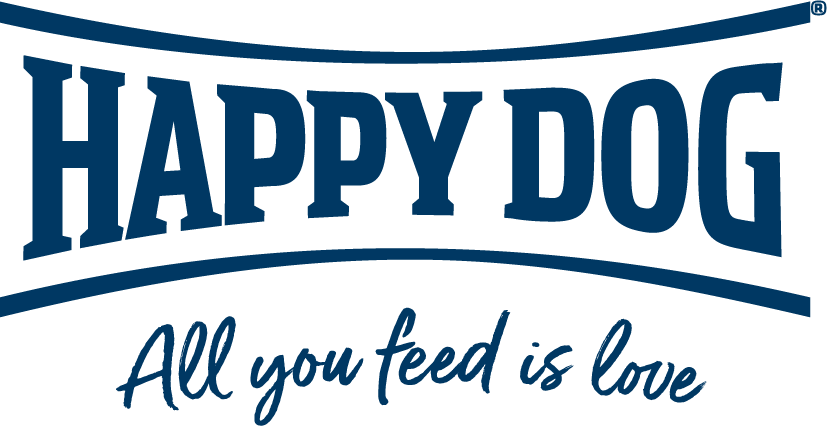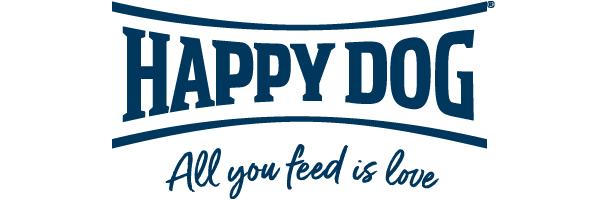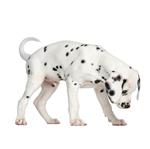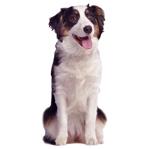Unfortunately it is not possible to prevent an allergy. In fact, it is still not really clear why they happen. An allergy is a sort of “derailment” of the immune system. In most cases, the experts are unable to find a specific trigger. But they do know that the predisposition to respond allergically can be inherited, although this does not necessarily mean that it will happen.







